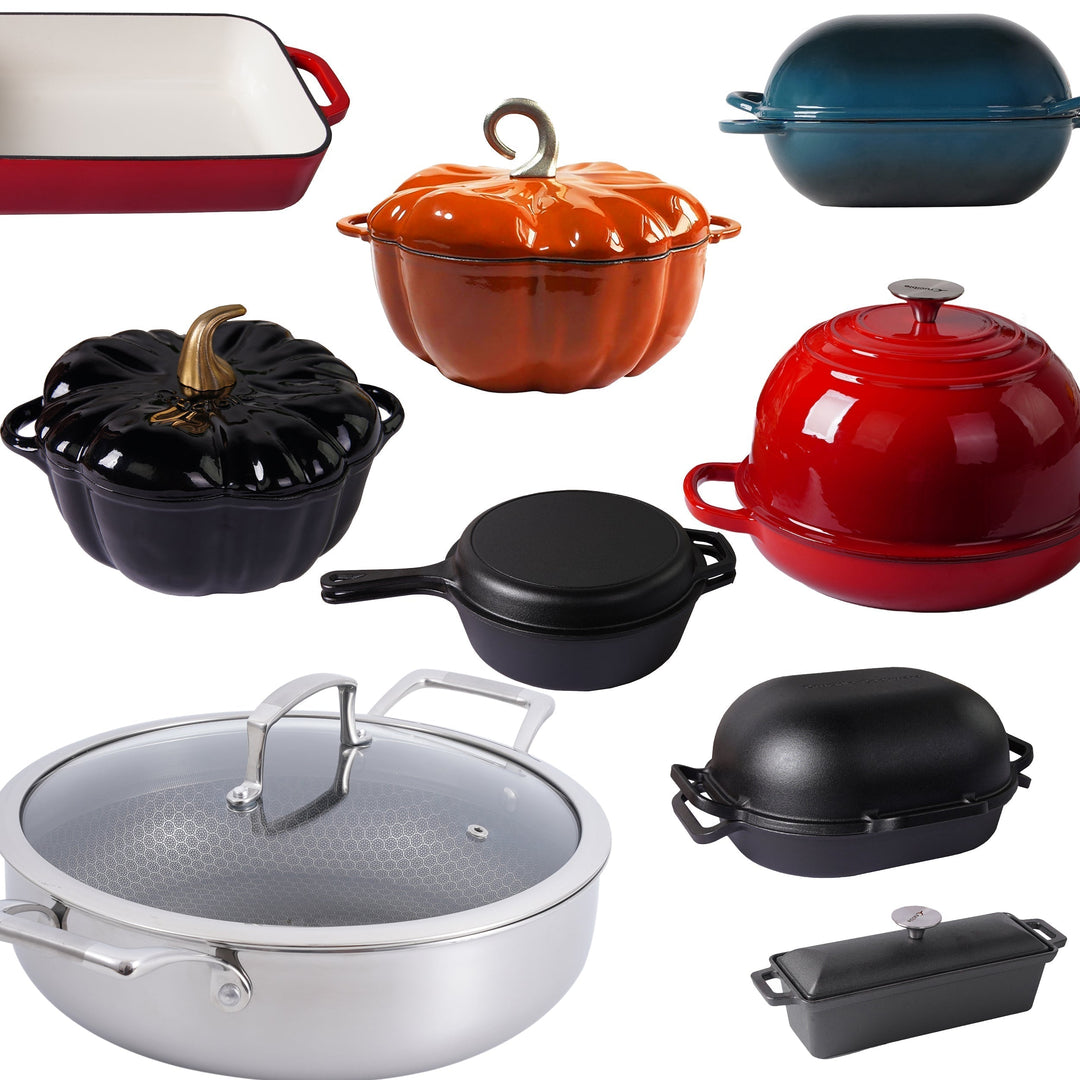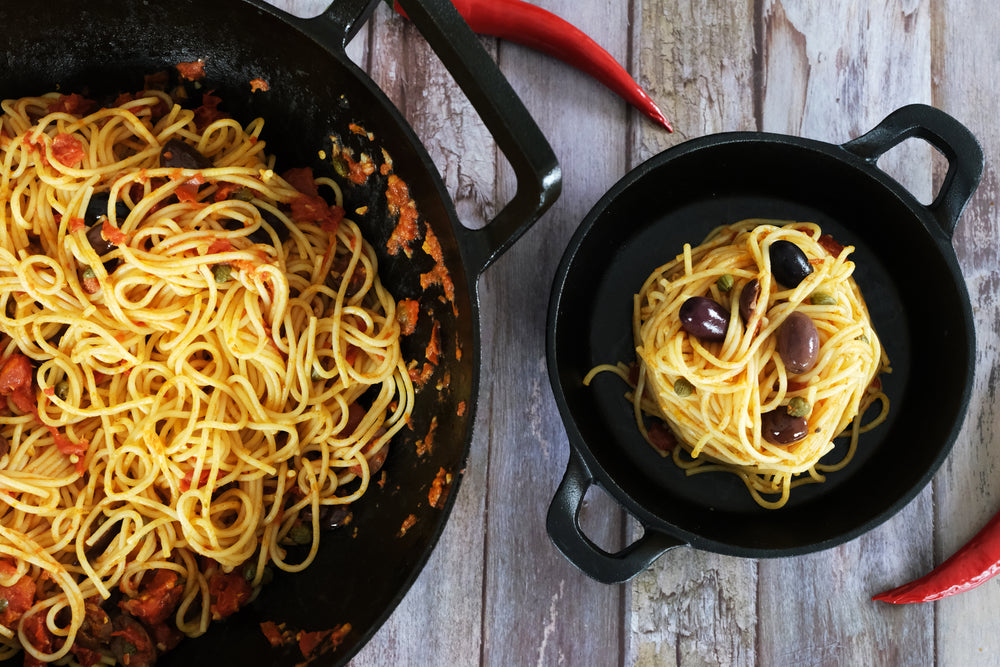Explorando Sabores Globales Parte 2: Más Especias Esenciales para Tu Cocina

En nuestra primera exploración de sabores globales, presentamos algunas especias imprescindibles que pueden transformar tu cocina. Ahora, profundicemos en algunas especias esenciales más que pueden añadir profundidad y riqueza a tus creaciones culinarias.
1. Azafrán: La especia dorada
El azafrán, a menudo llamado la especia más cara del mundo, se cosecha a mano del delicado estigma de la flor de azafrán. Su capacidad única para impartir un tono dorado vibrante y un sabor distintivo, ligeramente dulce, lo convierte en un básico en platos lujosos de diversas cocinas, incluyendo la paella española, el arroz con azafrán persa y el risotto italiano. El azafrán también contiene antioxidantes y ha sido valorado por sus propiedades medicinales durante siglos.

Cómo usar: Para maximizar su sabor, infusiona los hilos de azafrán en agua tibia, caldo o leche antes de agregarlos a tu plato. Esta técnica ayuda a liberar todo el sabor y color de la especia, haciendo que tu plato sea visualmente impresionante y delicioso. Una pizca de azafrán suele ser suficiente para realzar todo un plato.
2. Cardamomo: Versatilidad Dulce y Salada
El cardamomo es una especia versátil con un perfil de sabor complejo que incluye toques de cítricos, menta y notas herbales. El cardamomo verde se usa a menudo en platos dulces como postres indios, pasteles escandinavos y café del Medio Oriente. El cardamomo negro, por otro lado, tiene un sabor más audaz y ahumado, ideal para platos salados como biryanis y guisos de carne. Más allá de sus usos culinarios, el cardamomo también es conocido por sus beneficios digestivos y respiratorios.

Cómo usar: Para máxima frescura, compra vainas de cardamomo y muele las semillas según sea necesario. También puedes usar las vainas enteras para infusionar sabor en arroz, guisos o bebidas como el té chai. Si usas cardamomo molido, añádelo hacia el final de la cocción para preservar sus cualidades aromáticas.
3. Fenogreco: El Matiz a Nuez
El fenogreco es un ingrediente básico en las cocinas del sur de Asia y Medio Oriente, conocido por su sabor dulce, a nuez y ligeramente amargo. Las semillas son un componente clave de muchos polvos de curry y mezclas de especias, mientras que las hojas frescas (conocidas como methi) se usan en la cocina india por su sabor único. El fenogreco también es valorado por sus beneficios para la salud, incluyendo su capacidad para ayudar a la digestión, regular los niveles de azúcar en sangre y aumentar la producción de leche en madres lactantes.


Cómo usar: Tuesta las semillas de fenogreco para reducir su amargor y realzar su sabor a nuez. Pueden molerse en polvo, añadirse enteras a guisos o usarse en encurtidos. Remojar las semillas durante la noche también puede suavizar su sabor, haciéndolas más adecuadas para añadir a platos como currys o salteados.
4. Clavos: Intensos y Reconfortantes
Los clavos son altamente aromáticos, con un sabor cálido, dulce y ligeramente picante que puede realzar tanto platos dulces como salados. Se usan comúnmente en mezclas de especias como garam masala y polvo de cinco especias chino. Los clavos también son populares en la repostería, especialmente en dulces navideños como el pan de jengibre y el vino caliente especiado. En la medicina tradicional, los clavos se han usado por sus propiedades analgésicas y antibacterianas, especialmente en el cuidado dental.

Cómo usar: Los clavos enteros son excelentes para infusionar sabor en líquidos, como caldos, sidra caliente especiada o incluso chocolate caliente. Los clavos molidos se pueden añadir a mezclas de especias, marinadas y productos horneados. Debido a su sabor fuerte, un poco rinde mucho, así que usa los clavos con moderación para evitar que dominen tu plato.
Conclusión:
Estas especias adicionales son perfectas para ampliar tu repertorio culinario y explorar aún más sabores globales. El azafrán, el cardamomo, el fenogreco y los clavos aportan cada uno sus cualidades únicas, ya sea que estés preparando un plato lujoso, añadiendo profundidad a un guiso sabroso o experimentando con nuevos sabores de postres. Con estas especias en tu cocina, las posibilidades son infinitas, ¡así que comienza a cocinar y deja que tus papilas gustativas viajen por el mundo!
















Deja un comentario